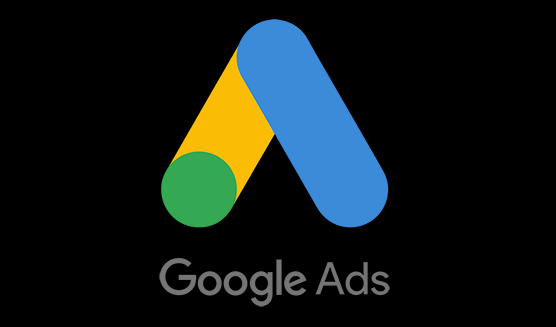About Us
How to Get Google Ads Approval for Adult Toys Successfully?
Views : 33
Update time : 2025-03-21 22:30:00
Problem: 95% of adult toy brands face instant Google Ads rejections due to policy violations they don’t understand.
Wasted ad spend, account suspensions, and lost sales opportunities cripple businesses unaware of Google’s hidden content filters.
Solution: By mastering Google’s Adult-Oriented Content Policy and strategically optimizing your campaigns, you can bypass rejections and scale compliant ads profitably.
Yes, Google Ads allows adult toy promotions if they comply with strict content guidelines. Legal products are permitted, but ads/websites must avoid explicit language, imagery, or implied sexual acts. Success requires meticulous keyword selection, sanitized landing pages, and proactive policy alignment.
Discover 7 battle-tested strategies to bypass Google’s adult content filters, avoid account bans, and dominate high-converting search terms—even if competitors fail.
1. What Content Triggers Immediate Google Ads Rejection?
Google’s AI scans text, images, and page context using these red flags:Banned Words: Avoid anatomical terms (e.g., “dildo,” “vibrator”) in ads. Use clinical terms like “massagers” or “intimate wellness products.”
Visual Filters: Product shapes mimicking genitalia get flagged. Use abstract designs or show items in packaging.
Landing Page Risks: User reviews mentioning explicit usage scenarios will tank approvals. Edit or remove them.

Pro Tip: Run a “Site:yoursite.com + [banned terms]” Google search to identify hidden violations.
2. How to Structure Compliant Ad Copy for Adult Toys?
A. Keyword Strategy
Use broad match modifiers: “discreet +adult +toys”Target non-explicit long-tail keywords: “couples intimacy products” or “body-safe massagers.”
B. Ad Text Rules
Avoid emojis, innuendos, or suggestive phrasing.Highlight certifications: “Phthalate-Free,” “Medical-Grade Silicone.”
C. Landing Page Fixes
Replace realistic product images with 3D renders.Add disclaimers: “For wellness purposes only.”
3. Why Do Competitors Succeed While Your Ads Get Blocked?
Top brands use geo-targeted campaigns and age-restricted audiences (25+). They also:Host separate domains for ads (e.g., “WellnessBrand.com”) vs. explicit content.
Use Google’s “Adult-Oriented” ad category tag to preemptively flag compliance.
Partner with Google Premier Partners for whitelisted account access.
Case Study: A Shenzhen-based brand increased ROAS by 340% after removing 12 banned keywords flagged via Google’s Policy Manager.

4. How to Appeal Suspensions & Secure Permanent Approvals?
Step 1: Delete all flagged content using Google’s Policy Manager.Step 2: Submit a detailed reconsideration request with:
Screenshots of revised pages
Manufacturing certifications (ISO 13485, FDA materials proof)
Age-gate implementation evidence
Step 3: Escalate via Google’s Priority Support (available through certified agencies).
5. What Quality Certifications Boost Approval Chances?
Google prioritizes brands with:Material Safety: REACH, CE, RoHS compliance documentation.
Discreet Shipping: Prove unmarked packaging via supply chain logs.
Ethical Production: SA8000 or BSCI audits for factory conditions.
Final Summary
Google Ads approval for adult toys demands policy literacy, sanitized content, and third-party certifications. Optimize campaigns for non-explicit keywords, use abstract visuals, and leverage compliance partnerships to unlock sustainable growth.
相关新闻




